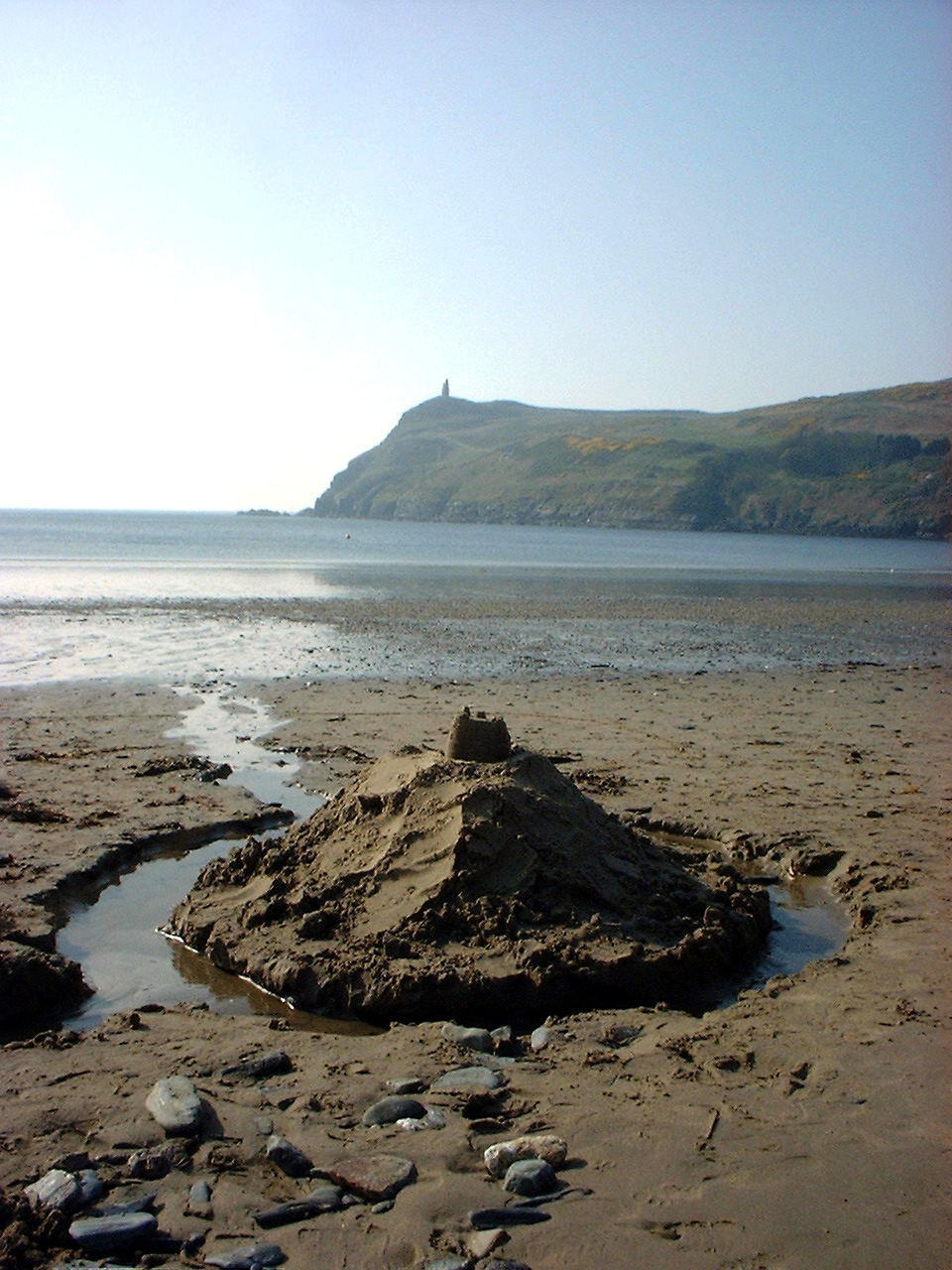
The Moat and the Spine
I'm not a biomechanical expert, nor do I have my doctorate in anatomy, biology, or the like. However, I do have a ton of experience when it comes to picking up on the subtleties of training. I'm fortunate enough to have a wide variety of members at my gym—some more advanced than others, some high level athletes, and some weekend warriors. This gives me an excellent ‘laboratory’ in which to see what works and what doesn’t. One of the things that I've noticed that works every single time is stabilizing the spine and the equivalent force production that comes with it.
The PIT
I remember training back in the "PIT" in my basement before I moved into the new compound. I worked with this football player (he still trains with me) whose dad wanted him to bench press all this weight and lift all these heavy things, but the football player couldn’t even do a proper push-up! I tried a number of different things, but the thing that worked the best was having him contract his glutes, abs, and back muscles as hard as he could before he tried to push up off the ground.
This made a huge difference and I'm proud to say that this young man is one of the strongest in the entire gym. But let’s examine what the spine has to do with force production. Remember, I don't have a doctorate, so don’t get caught up in all the technicalities or you'll miss the point.
Spinal Injury
From what I know about the spine and suffering numerous disc herniations, the body won't produce maximal force if the spine is injured or isn't fully stabilized. This is the body's protective mechanism. Sure, you can lift some decent weight and maybe slide by without ever learning how to fully stabilize the spine, but you will never reach your true physical potential.
Think about why all great powerlifters inhale (diaphragmatic breath) before squatting or deadlifting. The stomach area will act as a balloon and fill up with air, pressing on the spine and adding a more stable and ‘braced’ environment. I’ve learned from Jim "Smitty" Smith on this topic. For those of you who have never had the chance to do a plank under Smitty’s coaching, look out! I was sore for three days after doing an all out bracing plank, squeezing the requisite muscles of the glutes, abs, lats, and just about anything else I could.
Stable
When the spine is stable, it sends a message to the central nervous system that all is safe and it's OK to exert as much relative force as you humanly can. When I take first-time members at my gym and teach them how to stabilize the spine, they can get a few more reps on the push-up, pull-up, or inverted row, which demonstrates the importance of this concept in upper body training.
I actually went ice skating for the first time in my 30 years yesterday. On an icy surface, I had to struggle to stay up, doing everything I could to try to stabilize myself. Do you think you could squat a lot on an unstable surface or throw a ‘hay maker’ punch on ice? Of course not because the spine won’t be fully stabilized. It seems obvious, but I've found that this is foreign to 99 percent of trainees. The biggest focus of our core training is planking and spine stabilization (also in standing positions).
To finish up, where is the connection between spine stabilization and a moat? I like to be creative, so it might be a far out idea, but if you leave a drawbridge up, that would be like not stabilizing the spine. Can you get across or in our case, will some of the messages to the muscles produce force? Of course you can (unless there are gators in there). Will it be optimal? No way. If you lower the draw bridge (or stabilize the crap out of the spine), you now have full access to the castle and all the power you're currently capable of producing.









